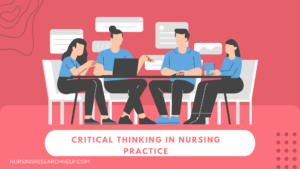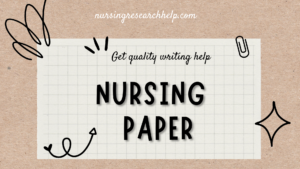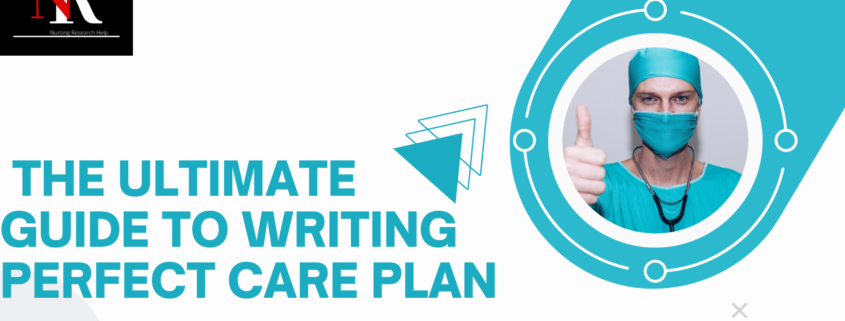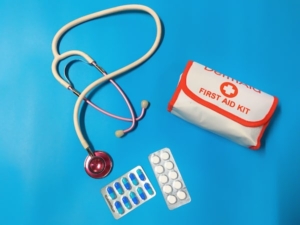How to Write a Nursing Care Plan: Comprehensive 7 Step Guide
How to Write a Nursing Care Plan: Comprehensive 7 Step Guide
Nursing care plans play a vital role in providing effective patient-centered care. They serve as roadmaps for nurses, ensuring that every aspect of patient care is meticulously planned and executed. A well-constructed care plan promotes efficient communication among healthcare professionals and enhances patient outcomes. This article will guide you through the step-by-step process of writing a nursing care plan, equipping you with the knowledge and skills necessary to deliver holistic and individualized care.

1. Understanding the Purpose of a Nursing Care Plan
Before delving into the specifics, it is essential to grasp the purpose and significance of a nursing care plan. These plans serve as systematic guides that outline the nursing interventions and actions necessary to address a patient’s healthcare needs. They facilitate communication between healthcare team members, provide a standardized approach to care, and ensure that all aspects of patient care are addressed comprehensively.
2. Assessment and Data Collection
The first step in writing a nursing care plan is conducting a thorough assessment of the patient. This includes gathering relevant data, such as medical history, physical examination findings, laboratory results, and the patient’s subjective experiences. It is crucial to involve the patient in this process to obtain a comprehensive understanding of their individual needs, preferences, and goals.
Assessment involves collecting subjective and objective data. Subjective data is information provided by the patient, including their symptoms, concerns, and perceptions of their health. Objective data, on the other hand, includes measurable and observable data collected through physical examinations, diagnostic tests, and observations. Gathering comprehensive and accurate data is vital to formulate appropriate nursing diagnoses.
3. Identification of Nursing Diagnoses
Based on the assessment data, nursing diagnoses are formulated. Nursing diagnoses are clinical judgments about actual or potential health problems that the nursing profession can address. These diagnoses should be clear, concise, and specific to guide the development of appropriate nursing interventions. Examples of nursing diagnoses include “Impaired Gas Exchange” or “Risk for Falls.”
Nursing diagnoses are derived from various sources of information, such as the patient’s assessment data, medical records, and consultation with other healthcare professionals. They are categorized into four types: actual nursing diagnoses, risk nursing diagnoses, wellness nursing diagnoses, and syndrome nursing diagnoses. Each diagnosis should be supported by evidence and relevant data.
4. Establishing Goals and Outcomes
After identifying the nursing diagnoses, the next step is to establish measurable goals and outcomes. Goals should be patient-centered, realistic, and attainable within a specified timeframe. Outcomes should be observable, measurable, and provide a clear indication of the patient’s progress. Goals and outcomes should align with the patient’s overall healthcare plan and be mutually agreed upon by the patient and healthcare team.
When developing goals and outcomes, consider the SMART framework: Specific, Measurable, Attainable, Relevant, and Time-bound. This ensures that goals are clear and can be objectively evaluated. Outcomes should reflect the desired changes in the patient’s health status, functional abilities, knowledge, and attitudes.
5. Planning Interventions
Once goals and outcomes are established, the nursing care plan should outline the interventions necessary to achieve those outcomes. Interventions can be categorized into independent (nurse-initiated), dependent (physician-initiated), or interdependent (collaborative) actions. Each intervention should be evidence-based, promoting the best possible patient outcomes. Additionally, factors such as cultural considerations, patient preferences, and available resources should be taken into account.

Nursing interventions should be specific, individualized, and tailored to the patient’s unique needs. They should address the identified nursing diagnoses, support the achievement of goals and outcomes, and consider the patient’s preferences and values. Interventions may include direct patient care, such as administering medications or providing wound care, as well as indirect care, such as patient education and counseling.
6. Implementing and Documenting the Care Plan
Once the care plan is developed, it is time to implement the identified interventions. Nurses should follow the plan diligently, documenting their actions, observations, and the patient’s response to interventions. Accurate and timely documentation is vital to ensure continuity of care, facilitate communication among healthcare team members, and provide legal protection.
Implementation involves effectively carrying out the planned interventions, monitoring the patient’s response, and modifying the plan as needed. Documentation should be detailed, objective, and include pertinent information about the patient’s condition, the nursing interventions performed, and the patient’s response. It is important to document any changes in the patient’s condition or deviations from the original care plan.
7. Evaluation and Revision
Evaluation is a crucial step in the nursing care plan process. Nurses must regularly assess the patient’s progress toward the established goals and outcomes. If the desired outcomes are not achieved, it may be necessary to revise the care plan, making adjustments to the interventions or goals. Evaluation and revision ensure that the care plan remains dynamic and responsive to the patient’s changing needs.
Evaluation involves comparing the patient’s actual outcomes with the expected outcomes. This assessment helps determine the effectiveness of the interventions and identifies areas where modifications may be necessary. If revisions are needed, the care plan should be updated accordingly, considering new information, the patient’s changing condition, and their evolving goals.
Conclusion
In summary, writing a nursing care plan involves a systematic approach that considers the unique needs and goals of each patient. By following the steps outlined in this guide, nurses can create effective care plans that promote optimal patient outcomes. Remember, a well-constructed care plan not only enhances communication among healthcare professionals but also empowers patients to actively participate in their own care.
By continuously evaluating and revising the care plan, nurses can ensure that it remains current and responsive to the changing needs of the patient. Ultimately, the nursing care plan serves as a valuable tool in providing holistic and individualized care, fostering positive patient experiences and outcomes.

Nursing Assignment Help
In addition to providing guidance on how to write a nursing care plan, we at Nursing Research Help understand the challenges faced by nursing students in their academic journey. That’s why we are proud to offer assignment help services specifically tailored to nursing students. Our team of experienced professionals, with a background in nursing and healthcare, is dedicated to assisting you in achieving academic success.
Whether you need assistance with writing assignments, understanding complex nursing concepts, or organizing your thoughts for a stellar care plan, our services are designed to support your learning and growth. With our expert guidance, you can excel in your nursing studies and confidently tackle any assignment that comes your way. Don’t hesitate to reach out to us for personalized assistance and take a step closer to your career goals in the nursing field.






